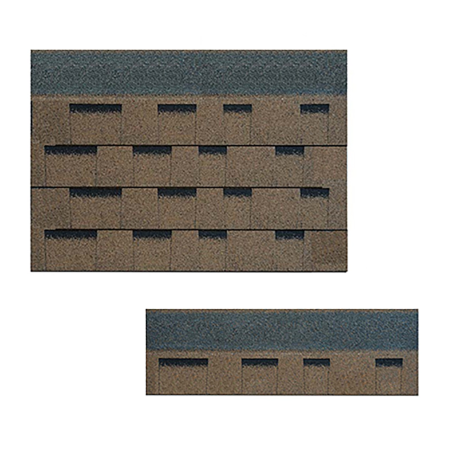
Dàmh . 09, 2024 14:17 Back to list
terracotta hip tiles
The Significance of Terracotta Hip Tiles in Architecture and Culture
Terracotta hip tiles, an integral component of traditional roofing systems, have been used for centuries in various cultures around the world. These earthenware tiles, typically formed from natural clay, are fired at high temperatures to produce a durable, weather-resistant material that serves both functional and aesthetic purposes.
Historical Context
The history of terracotta hip tiles can be traced back to ancient civilizations where they were used in residential and ceremonial structures. In regions like Mesoamerica, the Mediterranean, and Asia, terracotta tiles were prevalent due to their abundance and workability. Archaeological findings have revealed that these tiles were utilized not only for roofing but also as decorative elements in temples and public buildings.
In ancient Rome, for instance, terracotta roofing tiles were commonly employed to create the iconic curved roofs that we associate with Roman architecture today. The Roman innovation in tile production, particularly the method of making interlocking tiles, revolutionized roofing techniques and spread throughout Europe. Terracotta hip tiles became synonymous with durability and longevity, forming a reliable barrier against the elements.
Architectural Significance
Terracotta hip tiles are characterized by their distinctive curved edges, allowing for a seamless connection at the intersection of two roof slopes. This design is crucial as it facilitates water drainage, preventing the accumulation of rainwater and snow. The angles formed by hip tiles are essential in directing runoff, which helps to prolong the lifespan of the roof and prevents potential structural damage to the building.
Additionally, terracotta possesses excellent thermal properties. The material’s natural insulating qualities help regulate indoor temperatures, keeping homes cooler in the summer and warmer in the winter. This environmental benefit aligns well with modern sustainability practices, as terracotta is a natural resource that minimizes the need for synthetic materials.
Aesthetic Appeal
Beyond their practical advantages, terracotta hip tiles offer a unique aesthetic appeal
. Available in various earthy tones, including reds, browns, and ochers, these tiles can enhance the visual character of a structure. The warm hues of terracotta blend harmoniously with surrounding landscapes, making them a popular choice for residential homes, particularly in rural and Mediterranean-style architecture.terracotta hip tiles

Moreover, the texture of terracotta provides a sense of rustic elegance. When exposed to weathering, terracotta can develop a beautiful patina that adds to its charm. Many architects and builders appreciate the way terracotta tiles can age gracefully, becoming an integral part of a building's narrative.
Cultural Significance
In many cultures, the use of terracotta hip tiles carries significant symbolism. For instance, in Chinese architecture, the hip-and-gable roof design is revered for its relationship with harmony and balance. The use of terracotta in these roofs reflects the traditional values of sustainability and respect for natural resources.
In Mediterranean cultures, terracotta roofing signifies resilience and adaptability. Many decades of exposure to sun and rain have demonstrated the effectiveness of terracotta in protecting homes and other structures, becoming an emblem of these regions’ architectural heritage.
Contemporary Utilization
Today, the application of terracotta hip tiles continues to thrive, blending traditional craftsmanship with modern design principles. Architects increasingly integrate terracotta tiles into contemporary buildings, creating a dialogue between historical and modern aesthetics. Innovations in glazing and finishing techniques allow for a broader range of colors and textures, appealing to a diverse audience.
Moreover, the rise of eco-conscious building practices has heightened interest in terracotta as a sustainable option. Its production process is energy-efficient compared to many synthetic materials, and its longevity means fewer resources are needed for replacement.
Conclusion
Terracotta hip tiles are more than just functional roofing materials; they encapsulate a rich history, contribute to architectural excellence, and embody cultural significance. As we move towards a more sustainable future, the timeless charm and practicality of terracotta tiles ensure their place in the architectural landscape for years to come. Their enduring popularity serves as a testament to the harmonious blend of utility and beauty, bridging the past with the present in the world of design.
-
Types of Roof Shingles: Durable Styles & Materials
NewsAug.04,2025
-
Different 3 Tab Shingles Types | Affordable & Durable Roofing
NewsAug.03,2025
-
Moonlight White HIREFLE Granules with GPT-4 Turbo
NewsAug.02,2025
-
Premium Round Asphalt Shingles: Durable & Elegant Roofing
NewsAug.01,2025
-
Eco-Friendly Clay Tiles | AI-Enhanced Durability
NewsJul.31,2025
-
Durable Shingle Granules for Premium Roofs
NewsJul.31,2025







